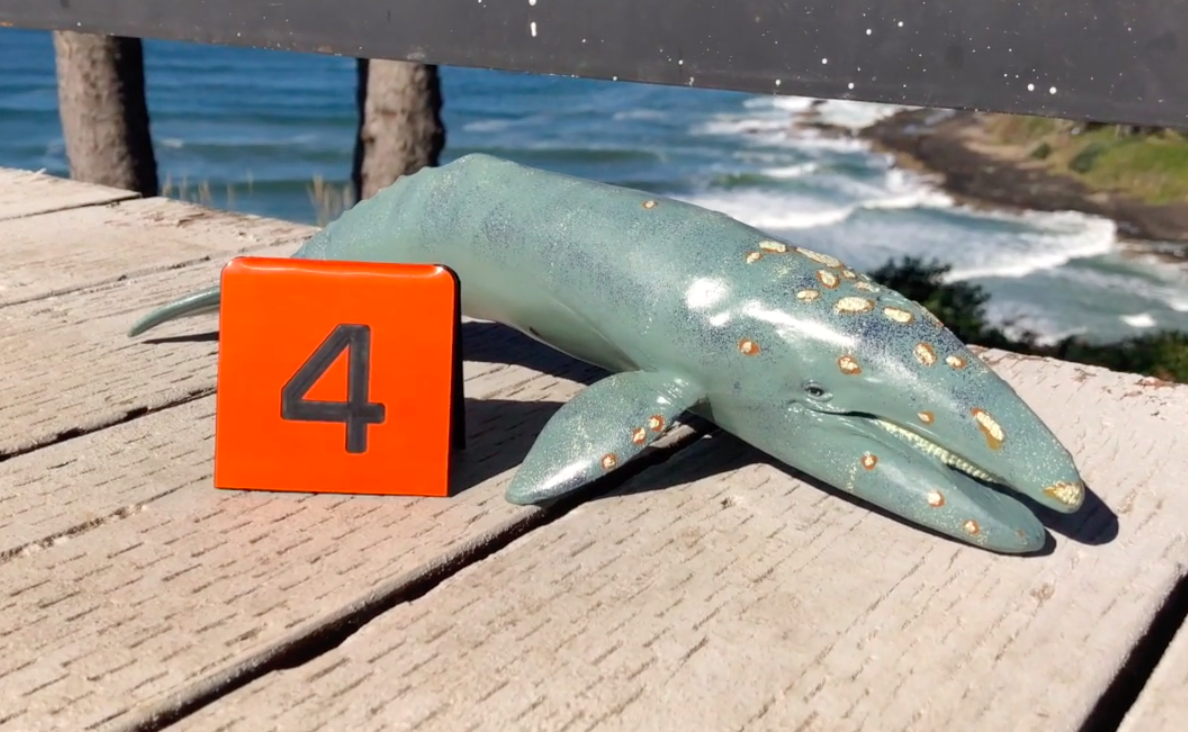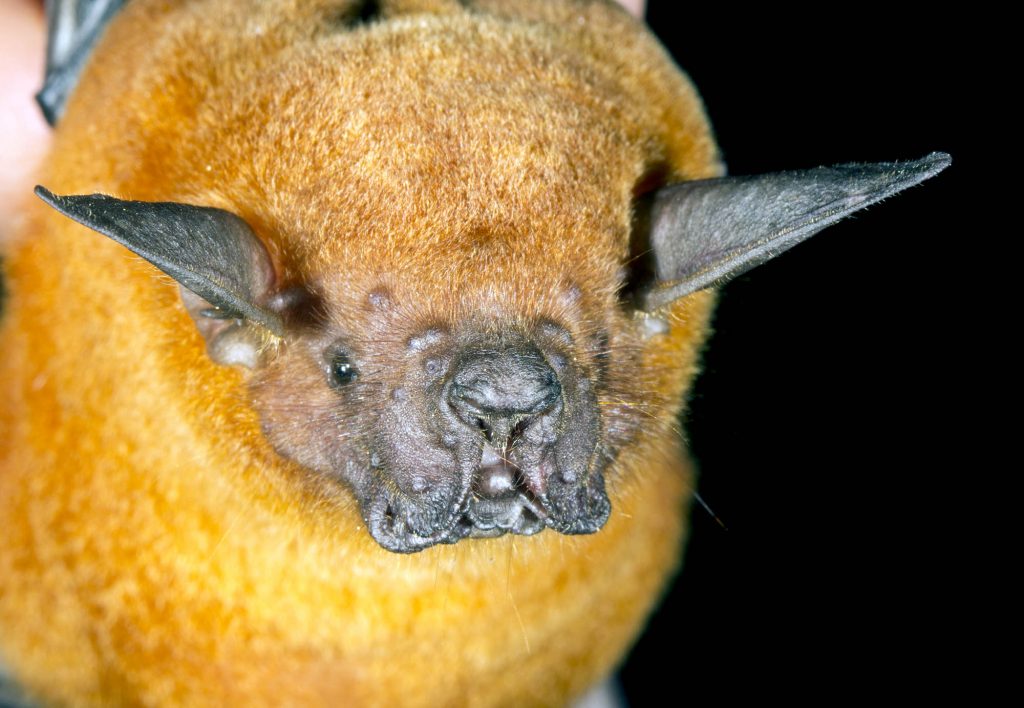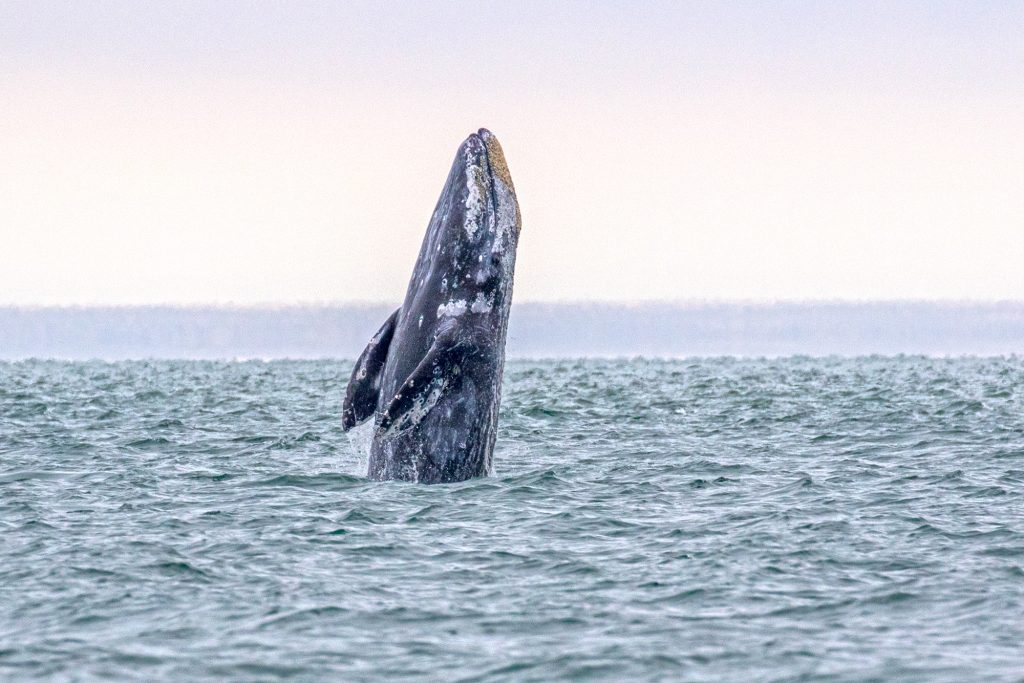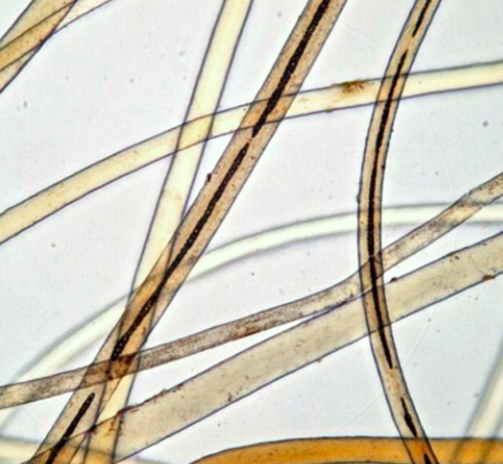
Marine Mammals Mammals Return to the Seas


Marine Mammals Objectives
-
Describe the structural characteristics, evolutionary history, and current status of marine mammals.
-
Explain the technological steps being taken to revive extinct species from genetic samples.
Ancestral terrestrial species moved to the oceans, producing the marine mammal species on Earth today. Many of these species are in decline, with some on the brink of extinction.
When we think of “marine mammals,” the first animals that pop into the mind are whales, dolphins, and seals. Marine mammals actually include other animals that feed entirely from the ocean, including sea otters and polar bears.
This video is an introduction to marine mammals, including their ancestry, diets, and where they raise their offspring.

Add another marine mammal to the list: the Greater Bulldog Bat (Noctilio leporinus) of South America, also called the fishing bat, has a subspecies that dives into coastal waters and consumes marine fish. Since the definition of a marine mammal relates to a diet of oceanic foods, this bat makes the cut, like the polar bear.
We were totally excited to get whale footage at this year’s whale watch week along the Oregon Coast.
On field trips, things often don’t go as planned.
Scanning for whales…

There’s one!
No, just kidding. We like to use our own photos and videos as much as possible, but also have a subscription to a stock photo service that provided this photo. There are also free stock photo services that do not require attribution, worth using if you are trying to enhance media.
The impact of the migratory grey whales and sea lions, as well as the other marine mammals, on the coastal economy and culture is clearly displayed. Marine mammals were hunted extensively along this coast historically, but now efforts are primarily focused on managing remaining species.
Scanning the coastal water for whales.
Relic DNA
If a whale species went extinct but we still had its DNA in storage, could we bring it back to life? This sounds like science fiction, but de-extinction of species from “relic DNA” is underway. As you might imagine, there are some significant hurdles to overcome.

This is wooly mammoth hair under the microscope at 40x magnification. There are enough specimens frozen in ice and submerged in acidic peat bogs that it is possible to acquire hair relatively inexpensively.
Along with the hair, researchers have found mammoth chromosomes. A species that went extinct 4,000 years ago may walk the Earth again.
This video outlines attempts to use “relic DNA” to resurrect extinct species.
This is the end of Guide 10A. Please proceed to the product page.

Check your knowledge. Can you:
-
describe the structural characteristics, evolutionary history, and current status of marine mammals?
-
explain the technological steps being taken to revive extinct species from genetic samples?



